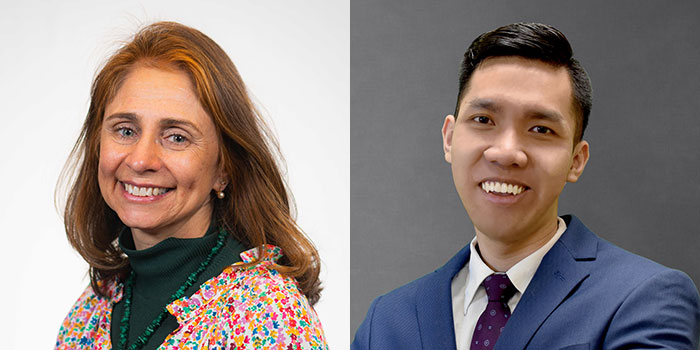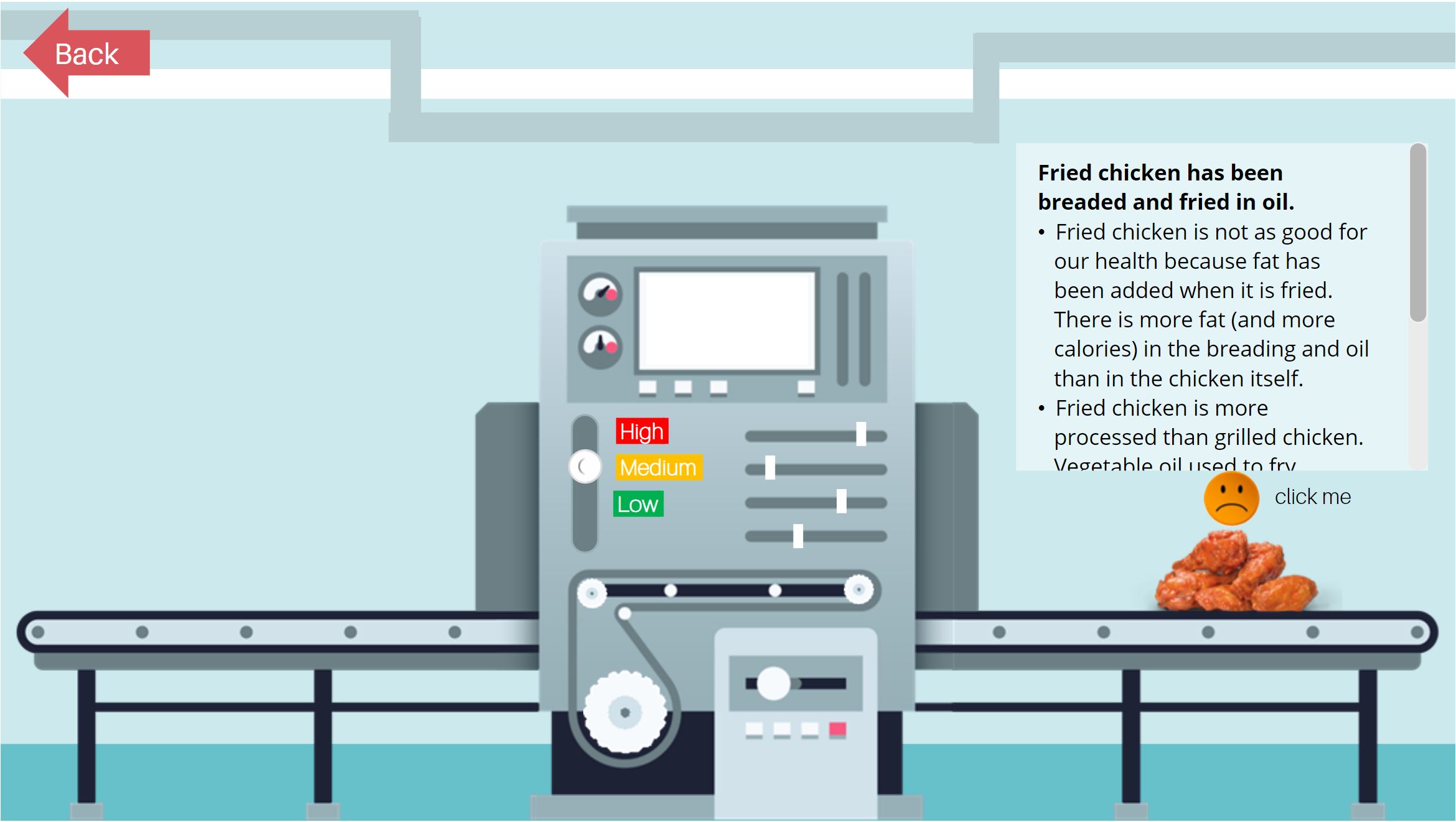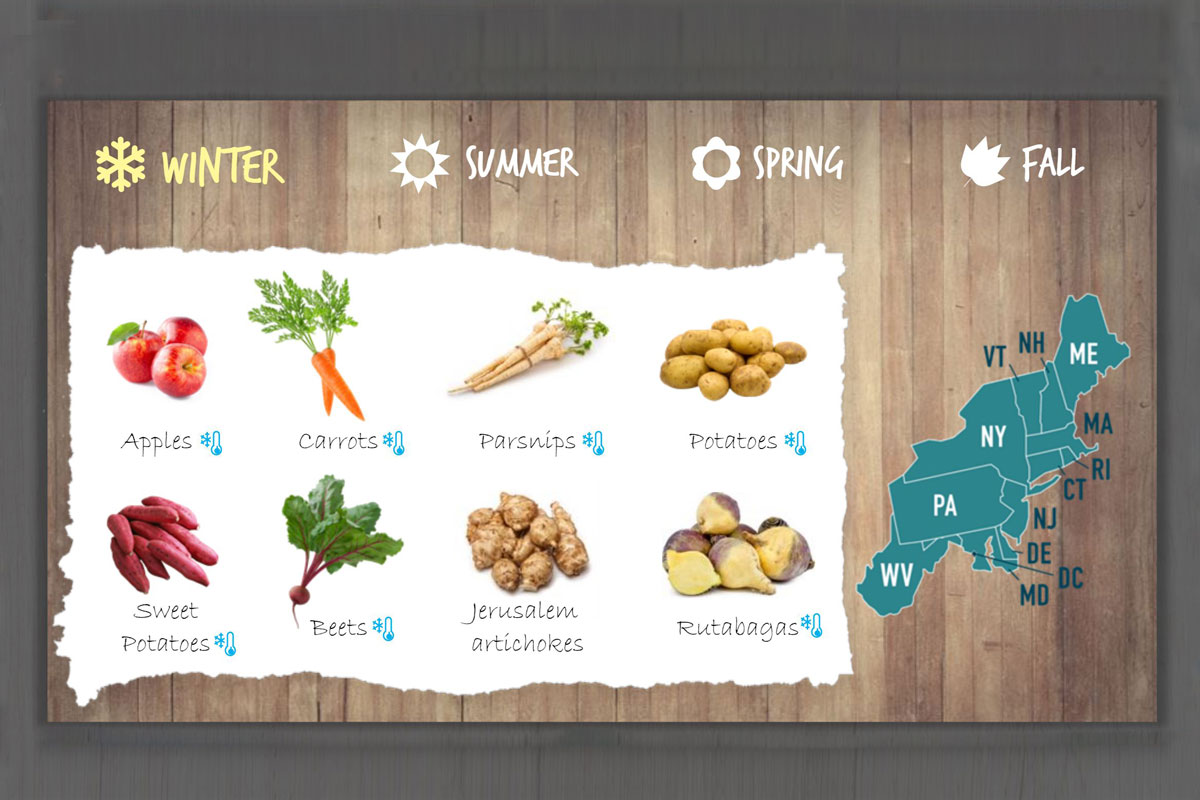Serving great food entails great presentation. So why wouldn’t a course on teaching about food adhere to the same standard—especially when it’s taught online?
That was Pamela Koch’s rationale for approaching TC’s Office of Digital Learning (ODL) last spring, when the COVID pandemic hit, for help in redesigning her course, “Teaching Food and Nutrition for All.”
The course provides nutrition teachers with step-by-step guidance for creating plans to teach youngsters about food, nutrition and the social justice aspects of America’s food systems.
“I wanted to make it as inviting and interactive as possible,” says Koch, Associate Research Professor and Executive Director of Teachers College’s Laurie M. Tisch Center for Food, Education & Policy, which is based in the College’s Program in Nutrition. Bolstered by a rapid-response development grant, Koch and ODL developed an intensive three-week format that includes a bounty of asynchronous videos, experiential games and quizzes rich with Koch’s signature advocacy for change, equality and social justice initiatives through nutrition.
“ODL has learned a lot about food and nutrition, and I have learned a lot about teaching in a digital environment,” says Koch.
The makeover began with Minh Le (M.A. ’19), Educational Developer for ODL, attending sessions of several courses taught by Koch, including “Program in Nutrition,” “Strategies for Nutrition Education” and “Health Behavior Change.”

TEACHING PARTNERSHIP ODL educational developer Minh Le (right) attended sessions of Koch's classes and read her course materials in order to develop interactive tools that enhanced her educational goals. (Photos: TC Archives)
“Minh watched as I conducted in-person demonstrations of several activities,” says Koch. “This gave him an idea of the impact these activities have on the audience—whether it’s to inspire them or even shock them, such as learning that a 20-ounce bottle of soda or fruit drink has more sugar than the maximum recommended to have in a day.”
Koch also provided Le, who earned his TC degree in Instructional Technology & Media, with much of the course content she planned to cover. She was gratified when he responded, in just a few days, with a range of creative options.
“Minh went well beyond my expectations and created games and quizzes for the course that had timing and a bit of suspense, yet also kept the educational message fully intact.” Koch says. “We really enjoyed working together, and I think that partnership is reflected in elements of the course. I was able to provide the content, and he was able to ‘gamify’ it.”
Minh went well beyond my expectations and created games and quizzes for the course that had timing and a bit of suspense, yet also kept the educational message fully intact. We really enjoyed working together, and I think that partnership is reflected in elements of the course. I was able to provide the content, and he was able to ‘gamify’ it.
For example, in a game titled “Food Factory,” students participated, in an online environment that simulates an actual industrial facility, in the processing for different foods, learning how much nutritional value is added or subtracted at each step.
“Minh was really excited because he had no idea that processing starts in a factory,” Koch recalls. “He said, ‘Let’s get this down on paper and start putting some stuff together.’ And whether it was the personal health aspect of nutritional education or the ecological aspect, he was able to take my creative visions and develop them into these amazing games that really enhanced my educational goals.”

HOW THE SAUSAGE GETS MADE An ODL-created game called Food Factory puts students in a virtual processing facility, where they learn how much nutritional value is added or subtracted from different food at each step of production. (Photo: TC Archives)
Students were particularly put to the test when they played “Ingredients Trivia,” a nutritional knowledge quiz developed by Koch. The goal is simple: match the correct food with its corresponding set of ingredients through a series of prompts. Afterward, students are encouraged to share and discuss their results online.
In “Farmers Market,” a module that provides an interactive food map of the United States, students clicked through various U.S. states to get a high-level overview of regional foods and their nutritional value.
And using a tool called “Nutritional Puzzle,” students pieced together a puzzle modeled around nutritional content. Koch herself appears in a pre-recorded video prompt between each level, offering encouragement and crucial nutritional statistics and facts.
Equally important, Koch made herself readily available to students through her flexible office hours and swift responses by email. She also opened the digital classroom to group discussions, soliciting students’ opinions, questions and feedback on course readings.
At the end of the spring semester, the revamped “Teaching Food and Nutrition for All” received rave reviews.
I have always used many visual elements and props, but this really confirms that experiential activities and strong visuals help students learn more — and remember more of what they learned.
“I loved this course!” wrote one student. “The blend of short videos and activities was great—it really kept my attention and kept me interested! I really appreciated the weekly office hours and interactive books and resources,” Another asked: “Why can’t we structure all of our online classes this way, especially with the technology. Thank you for this wonderful and very resourceful course.”
Now Koch hopes to implement the same format in all of her remote courses. “I have always used many visual elements and props, but this really confirms that experiential activities and strong visuals help students learn more—and remember more of what they learned,” she says. “And that’s what teaching is all about.”

